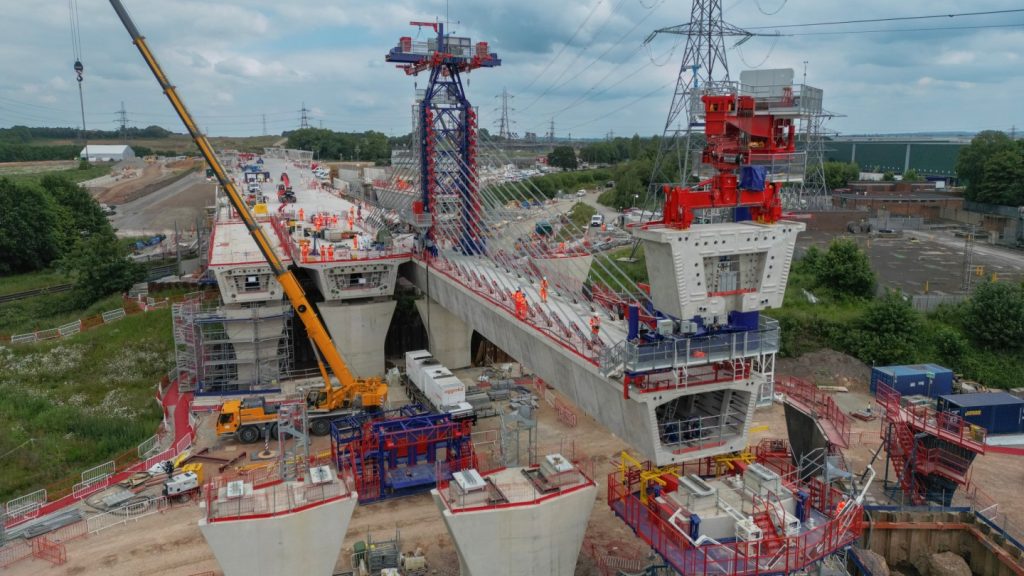GlobalData offers a comprehensive analysis of STAG Industrial, providing key insights into its Environmental, Social, and Governance(ESG) factors. By closely monitoring and aggregating mentions of climate change and associated ESG keywords, GlobalData delivers valuable information on STAG Industrial‘s ESG performance. GlobalData’s company profile on STAG Industrial offers a 360-degree view of the company, SWOT analysis, key financials, and business strategy including insights on ESG implementation among other information. Buy the report here.
STAG Industrial, a real estate investment trust, has set ambitious target to become 100% carbon neutral across its operations by eliminating scope 1 and scope 2 greenhouse gas emissions through efficiency measures, grid optimization, on-site renewables, renewable energy credits (RECs), and carbon offsets. STAG aims to slash corporate scope 1 and scope 2 greenhouse gas emissions by 50% by 2030 from their 2018 baseline, in line with SBTi's 1.5-degree Celsius pathway. This reduction is part of their overarching objective to achieve net zero emissions without factoring in carbon offsets. The company also plans to measure and reduce scope 3 emissions, which primarily come from its tenants' energy use.
To achieve its net-zero targets, STAG Industrial has implemented various strategies. The company encourages its tenants to track energy, water, waste, and greenhouse gas emissions data in Energy Star Portfolio Manager, allowing them to measure, benchmark, and reduce scope 3 emissions over time. STAG also aims to reduce or eliminate the use of gas while increasing the use of electricity and energy from renewable sources. The company deploys construction materials and features designed to increase the overall energy and water efficiency of its buildings. Additionally, STAG utilizes lease provisions that incentivize tenants to adopt energy-efficient practices and leases roof space to increase renewable energy production at its properties.
STAG Industrial has already taken steps towards emission reduction. The company has developed an efficiency retrofit program that offers tenants the ability to upgrade building lighting or HVAC equipment without upfront capital costs. STAG is also piloting solar pathways at one of its triple-net-leased properties, with one solar project expected to be operational by summer 2023. The company plans to install up to 40 solar projects over the next several years, potentially doubling its current solar capacity to 50 megawatts within the next five years. STAG is committed to reducing warehouse energy usage by upgrading roofing to be reflective, redirecting sunlight and lowering interior temperatures.
By disclosing its greenhouse gas inventory annually with CDP (formerly known as the Carbon Disclosure Project), STAG Industrial demonstrates its commitment to transparency and environmental action. The company's scope 3 emissions come from the natural gas combusted and the electricity consumed within its NNN-leased portfolio buildings. STAG reports greenhouse gas emissions for all of its owned portfolio properties, whether occupied or not, in alignment with the Greenhouse Gas Protocol's standards.
In conclusion, STAG Industrial is actively working towards achieving its net-zero targets and reducing its carbon emissions. The company has implemented various strategies, including encouraging tenants to track emissions data, increasing the use of renewable energy, and retrofitting buildings for energy efficiency. STAG's commitment to transparency and its partnership with organizations like CDP and the Science-Based Targets Initiative demonstrate its dedication to environmental sustainability.
Data Insights
From

The gold standard of business intelligence.
Blending expert knowledge with cutting-edge technology, GlobalData’s unrivalled proprietary data will enable you to decode what’s happening in your market. You can make better informed decisions and gain a future-proof advantage over your competitors.







